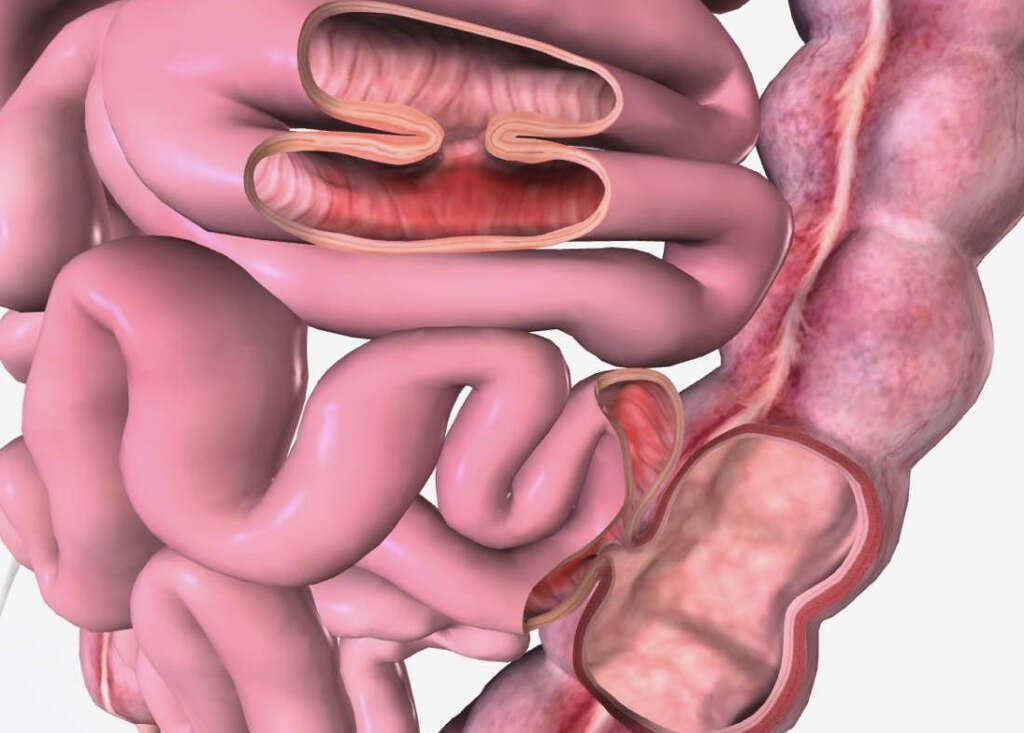What Is a Fistula?
3. Classification and Risk Factors
GI fistulas can be classified physiologically, etiologically (causes), or anatomically. Anatomical classification can be further divided into external (connecting GI tract and the skin) and internal (connecting GI tract and inside the abdomen).
The GI fistulas can also be classified based on location. Some examples include gastric (stomach) fistulas, small intestine fistulas, colonic fistulas, and aortoenteric fistulas. The possibility of a GI fistula increases in the event of any surgical procedure involving the abdomen, diverticular disease, appendicitis, malignancy (cancer), abdominal trauma, radiation, irritable bowel disease (IBD), GI ulcers, and more.
Advertisement












